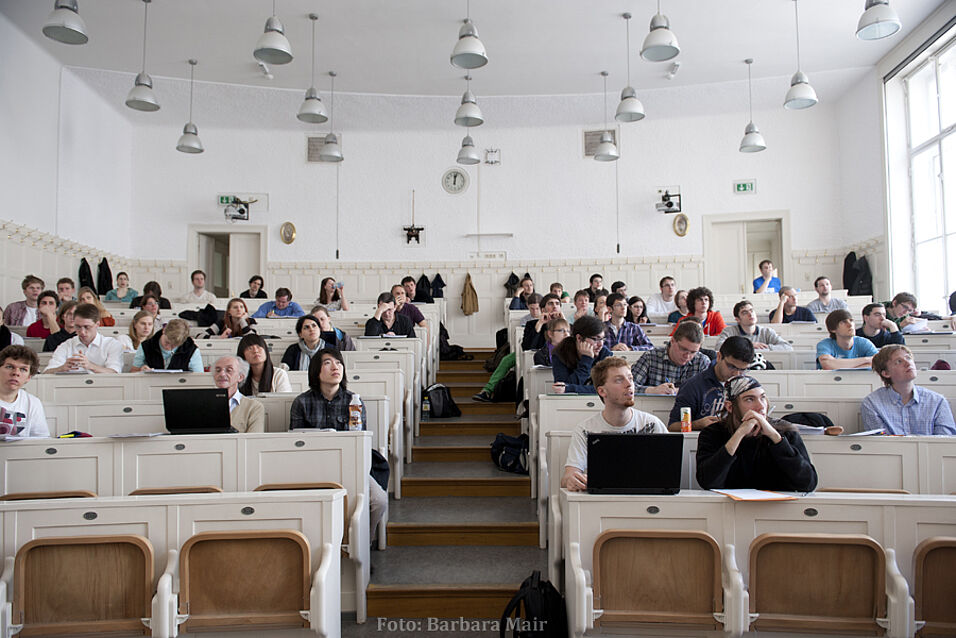Terahertz (THz) radiation is situated between the infrared and microwave regions in the electromagnetic spectrum with a bandwidth ranging from 0.3 to 30 THz and has numerous applications in various fields, ranging from security screening, e.g., in airports, through radioastronomy, to nonionizing biomedical spectroscopy and imaging. One of the most interesting forms of THz radiation are subpicosecond in duration bursts of electromagnetic waves. These, so-called, THz transients are, typically, characterized by a 0.1 to 6 THz spectral range, and are generated by femtosecond optical excitation of ultrafast, semiconducting photo-switches (e.g., low-temperature–grown GaAs), or through optical excitation in a nonlinear crystal (e.g., ZnTe). The inverse spin Hall effect (ISHE) is the core emission mechanism of THz transients from spintronic heterostructures. A femtosecond laser pulse illuminates a ferromagnet/heavy metal (FM/HM) nanobilayer. In the FM layer, such as, e.g., Fe, Co, Ni or their alloys, majority (spin-up) electrons are excited to sp-states above the Fermi energy and have a longer mean-free path, as compared to the minority (spin-down) electrons in d-states. HMs (e.g., Pt, Ir, Pd, or Au) are selected for spintronic emitters, because of their large spin-orbit coupling (SOC). When optically excited spin electrons enter an adjacent HM layer, spin-up and spin-down electrons diffuse in opposite directions due to the SOC, and the transient longitudinal spin current is converted into the transient transverse charge current (ISHE), leading to emission of a sub-picosecond electromagnetic radiation pulse, whose frequency spectrum extends into THz frequencies. We also demonstrate that when in a spintronic emitter, a 2-dimensional graphene is substituted for HM, one, again, observes a large THz transient, this time due to the Inverse Rashba-Edelstein Effect and FM-induced Rashba texture. Finally, we will outline feasibility of implementing oxide perovskite materials for spintronic emitters.
Roman Sobolewski (USA): Terahertz Inverse Spin Hall Effect in Spintronic Nanostructures

Foto: Barbara Mair
